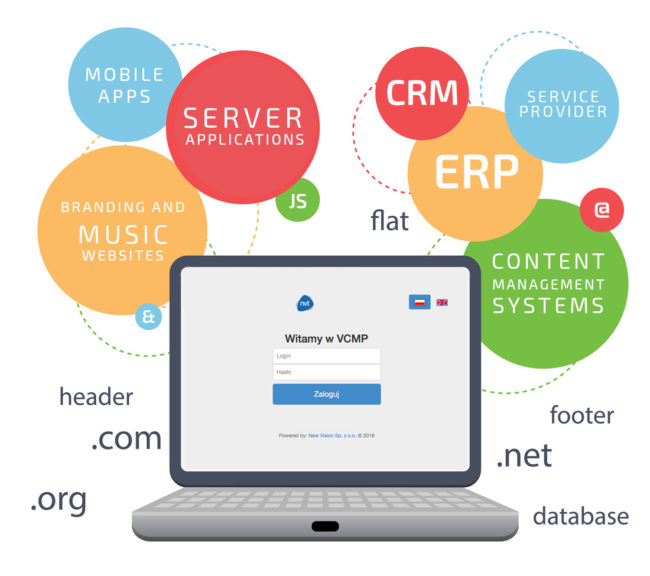Speed of deployment
Developers are using agile techniques to get new software features into users’ hands as quickly as possible. New releases and features can be ready as much as five times faster than traditional development methodologies. The agile model typically requires multiple deployments as updates go through test, quality assurance and staging on the way to production. Traditional approaches for requesting infrastructure resources aren’t fast enough.


High quality deliverables
Process deliverables are the means by which projects are planned, managed and executed. In fact, for any given project, it may take multiple process deliverables to produce the type of timely, high quality project deliverables that are expected and required. In simple terms, if the project deliverable is the destination, the process deliverable is the roadmap used to get there. And every project needs it's own roadmap.
On-time, on-budget project delivery
Today many managers are faced with the dilemma of whether to fund critical projects or delay them until company revenues and department budgets improve. The rub is that while it may be risky to support increased expenses, failure to approve necessary projects can result in lost profits and lost customers. For approved projects, managers must work within strict budget limitations with marginal room for error. The dirty little secret is that projects are rarely delivered on budget. Poor planning, resource distractions, and scope creep almost always see to that.


Cutting-edge technology expertise
Cutting-edge technology refers to technological devices, techniques or achievements that employ the most current and high-level IT developments; in other words, technology at the frontiers of knowledge. Leading and innovative IT industry organizations are often referred to as "cutting edge." Cutting edge is also known as leading-edge technology or state-of-the-art technology.
Cutting-edge technology refers to current and fully developed technology features, unlike bleeding-edge technology, which is so new that it poses unreliability risks to users. While commonly used to refer to computer and electronic technology, the term can apply to technology of any type, including automotive, medical, engineering and countless other industries.
Wide range of services to architect
Continuous Integration Test Engineer – with a software development background and a passion for test and verification of large systems, you will design test programmes, design and manage CI systems, influence system architecture to enable efficient test, and help debug system issues, working with software and system engineers to design, build, deploy and support software deliverables for our clients.
Solution Architects are expected to have the ability to work with a fair degree of autonomy, and liaison with other product architects within the enterprise. Architect is responsible for performance, deployment and security aspects of the solution. Architect is actively involved in assisting the sales consultants around the architecture and technical requirements in a sales process.


Addressing the needs of both the CIO and CTO
The Chief Information Officer (CIO):
The CIO is internally faced and focused on the company’s bottom line – how to improve internal communication, PMO management, and process control. The CIO is generally focused on improving the efficiency of internal processes in order to guarantee effective communication, maximize productivity, and keep the organization running efficiently. This is an operations role and since it is internally facing the CIO is typically responsible for Infrastructure, Service Delivery, PMO, etc.
The Chief Technical Officer (CTO):
The CTO is really a customer facing role (surprised?) and is focused on the company’s top line. The CTO ensures that the company is implementing technologies that enhance product development. The CTO is generally responsible for the engineering team and employing a technical strategy to improve the end product (thus customer facing). This is a strategic role and the CTO is responsible for leveraging new technologies to enhance the product (which can include infrastructure as well but only as it relates to the product and not the internal IT operations).